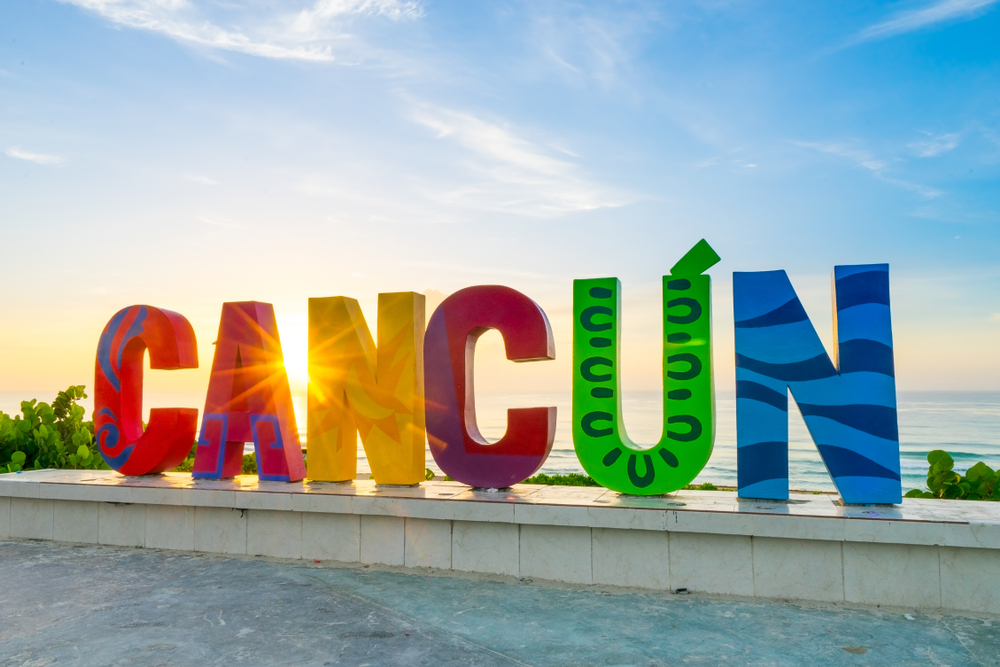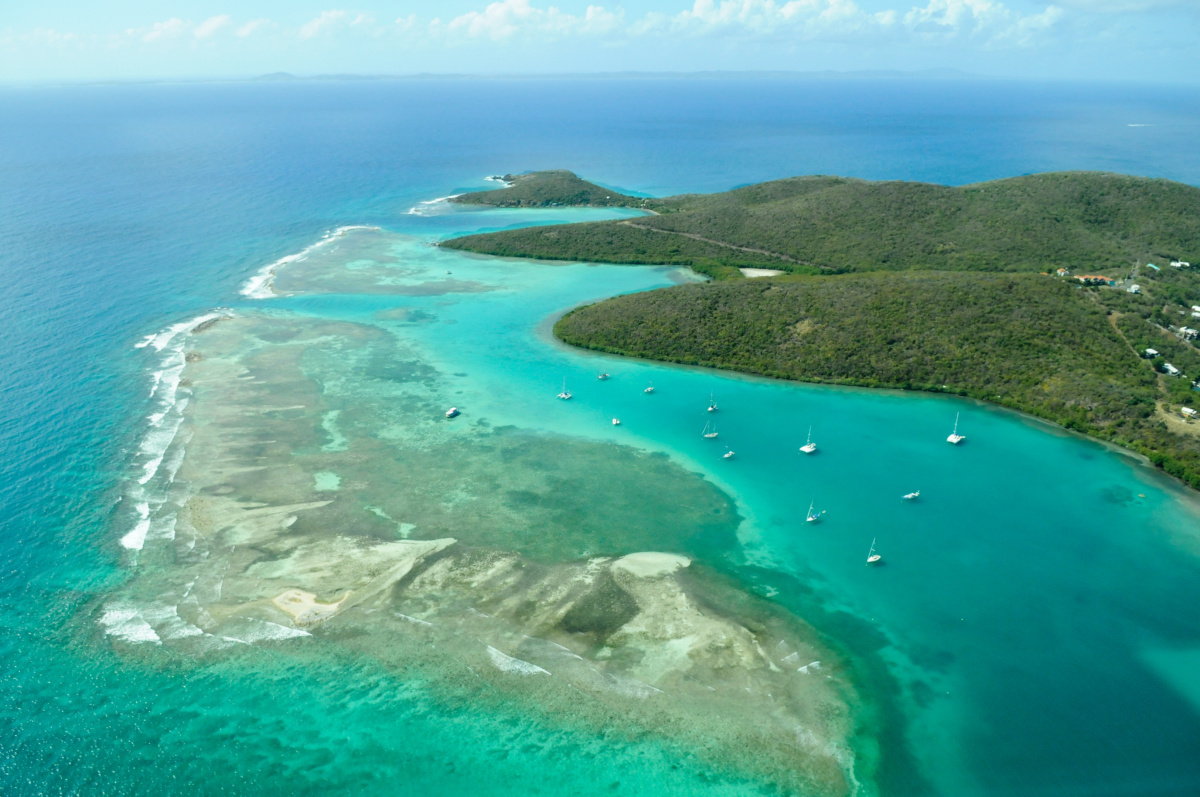Here are some awesome, fun and interesting facts about French Guiana. Information on this country is hard to come by. So in this article, we’re going to discuss French Guiana location, language, what it’s known for, government, capital, and more.
Where is French Guiana Located?
Located in South America, French Guiana has been a department of France since 1946. Quite interestingly, it’s part of Europe while being situated in South America.
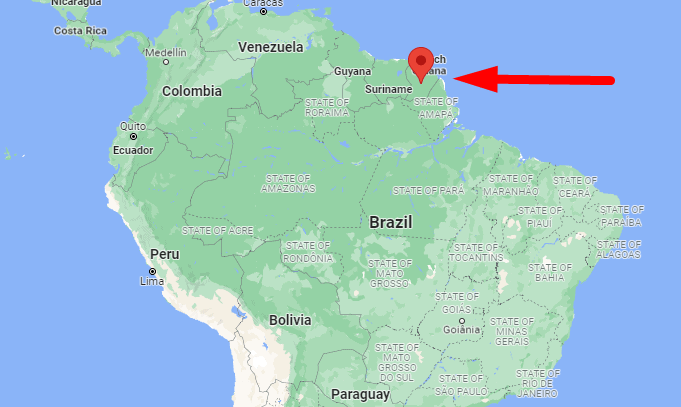
French Guiana Location relative to South America
There are many interesting facts about French Guiana that the majority of people don’t know. It’s classified as an overseas territory department of France. Of course, that makes Euro (EUR) the official French Guiana currency.
Population and Religion
The French Guiana population is only 294,000 people. The total area is 83,846 square kilometers (32,373 square miles).
The predominant religion in French Guiana is Roman Catholics. Other religions including Hinduism, Buddhism, and Islam. French Guiana capital is Cayenne that’s known to have many beautiful Creole houses. It has vibrant street markets that offer unique crafts.
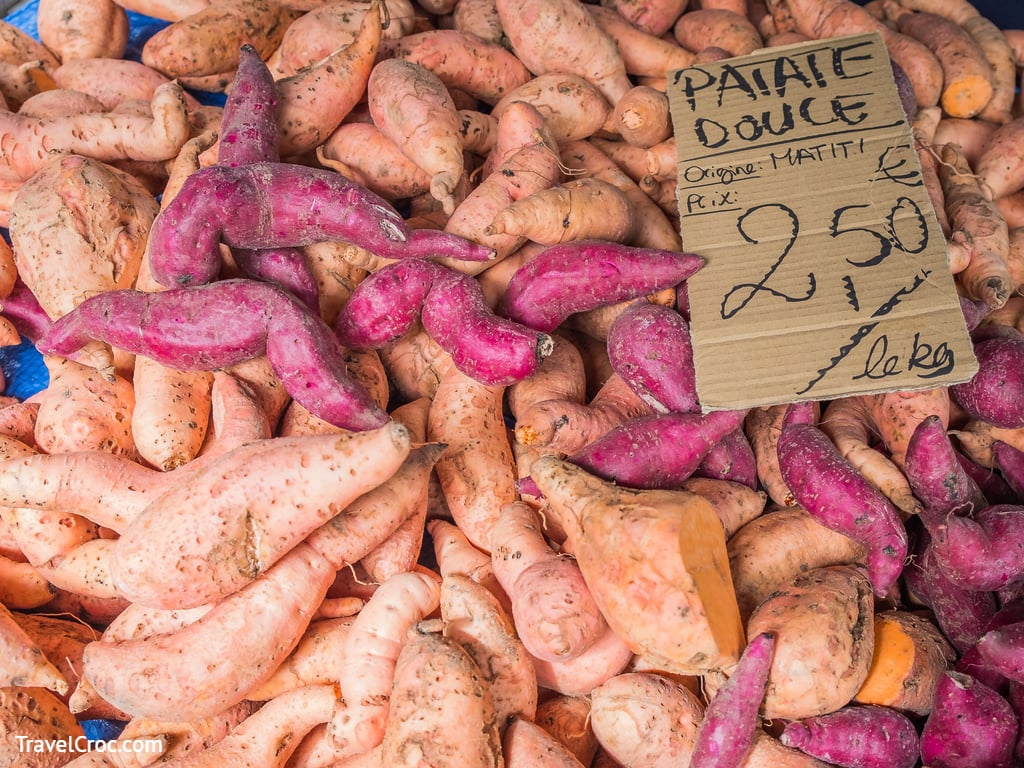
Street Markets in the capital, Cayenne
In French Guiana, you can find some breathtaking scenery and historical sites, not to mention the Space Center (more on that later on in this post). These attractions are going to amaze you.
It’s one of the most interesting locations around the world. It’s truly a European hidden gem, located in South America.
Discovery and Origins
This French territory was explored by Christopher Columbus in 1498 during a trip to the New World. The French called it Guiana which is derived from an American Indian word that means “Land of Waters”.
French Guiana got such a unique name because it has several rivers and streams flow throughout the area.
Nature
It has a wide range of tropical forests which are particularly beautiful. The forest has several species unique to French Guiana (such as the dyeing poison frog pictured below) and many kinds of trees as well. French Guiana is close to the equator which makes the weather warm and comforting throughout the year.
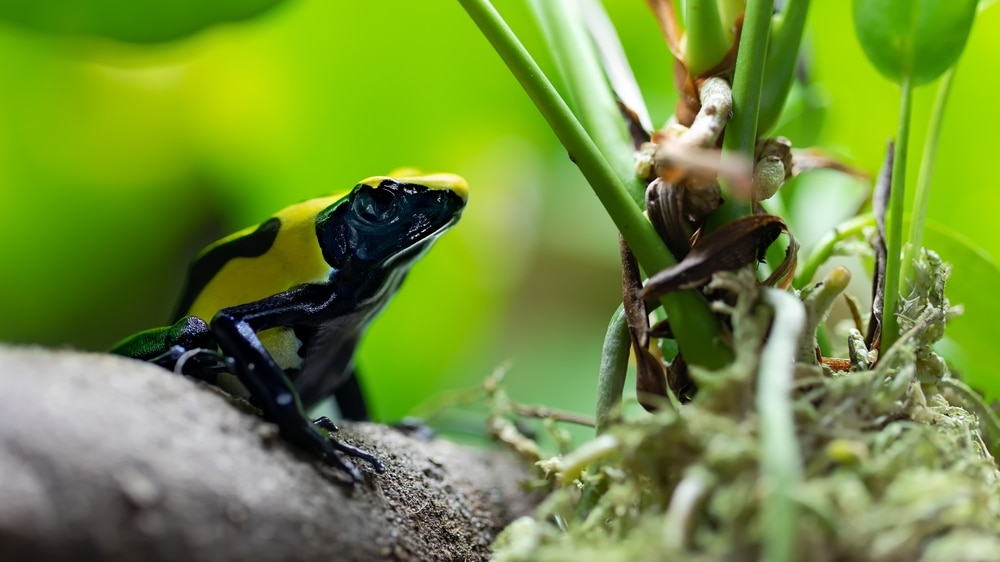
Dyeing Poison Frog
Furthermore, it’s home to beautiful beaches, savannahs, and rainforests. The majority of the population lives in the coastal area along the Caribbean Sea with brown and white sand which adds to its beauty.
You can also enjoy several activities on the beach like fishing, going on the raft and enjoying the canoe. Several operators can get you to experience many water sports.
The long strand of beaches here is one of the best places for turtles for laying eggs. The three protected species of turtles, the leatherback, pacific Ridley, and green sea are commonly found here. The sighting of turtles is very common along the beaches. The turtles usually lay eggs between the period from February and August.
You can watch baby turtles coming out of the eggs and progressing their ways to the ocean for their first-ever swim. It’s surely a sight to see and enjoy.
Most of the coastal area of French Guiana is under sea level and they have channel gates to re-direct water to avoid flooding and damage to the houses.
Official Language of French Guiana
As the name “French Guiana” implies, the official language here is French. This language is part of all the official documentation and communication. The education is also completely in French. It’s particularly interesting because that makes it the one-of-a-kind territory in South America which has French as the official language.
There’s a long history that contributed to the language status in this territory. It started in 1949 when Spanish people arrived here and claimed the authority in this region. When the French arrived, it led to a power struggle between many European nations including the Dutch.
Ultimately, in 1946 it was named as a French Overseas Department. These facts resulted in the dominance of the French language in the territory.
Guyanese Creole that has African, Indian, and Amerindian dialects is also widely spoken across the territory. However, minorities also speak some six Amerindian languages. These Amerindian languages are part of the regional languages spoken in the territory by different tribes.
This region has seen many European nationalities come and go. It still has roots in languages like Spanish, English, Dutch, and Portuguese.
Note that the majority of the population doesn’t understand English. So it’s a good idea to learn some words of French if you’re planning to visit here.
Part of European Union
As a department of France, this territory is part of the European Union. This puts it in a unique position being a part of Europe in South America. It’s one of the outermost parts of Europe.
Even though it’s almost 7,000 km away from Paris, the French laws and constitution are implemented here with a court of appeal locally. There are also members sent from here to both the national assembly and the senate of France.
It also follows the same social-security structure as that of France with the same policies for compensation related to unemployment, maternity, and disability, etc. The education is free from 6 years to 16 years and school is attended by the majority of the population. This results in the literacy rate of approximately 83%.
The traveling rules are the same as applied in the countries part of the European Union. People from Europe and the USA can visit without a visa for up to 90 days. The main airport “Félix Eboué Airport” is situated in Cayenne. French Guiana is safe for travel with a little percentage of crimes reported. Nonetheless, you should be careful to not visit deserted and isolated areas to be safe.
Over time there was some unrest in the territory for forming the autonomous body and coming out from the shadow of France. These efforts were rejected by the majority of the population in the form of a referendum. That’s why it continues to be a territory and part of France and enjoys the benefits of being backed by a strong economy.
Prison on Devil’s Island
One of the major interesting facts about French Guiana is that it served as a penal colony of the French people. The most notorious group of three Islands were used as a prison system where the prisoners were held including the political ones.
The islands in the prison system were Devil’s Island, St Joseph Island and Royale Island.
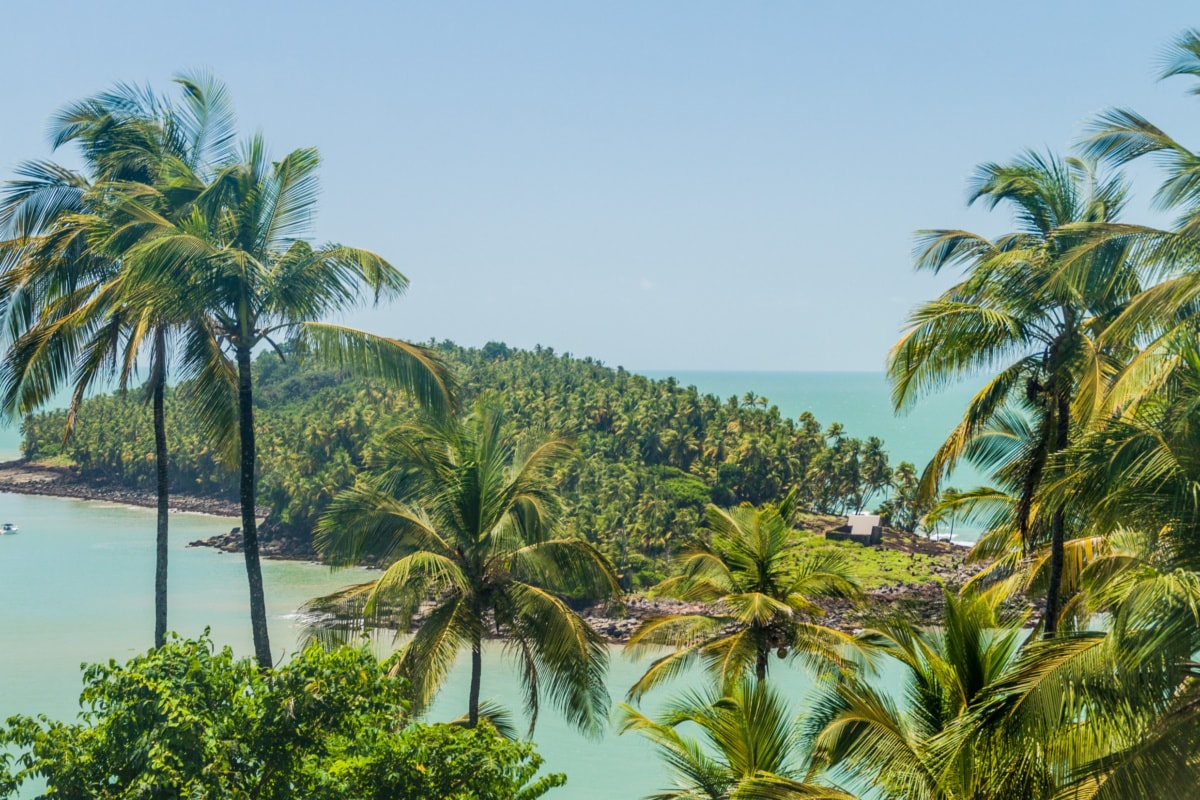
Ile du Diable (Devil’s Island) in French Guiana, one of the penal colonies
This prison remained functional for more than a hundred years from 1852 to 1953. The Islands were collectively called Isles de Salut which means the Island of Salvation.
Before it was declared as a prison, it was used as a leper colony. Later it become a dumping ground for murderers, rapists, and political prisoners, etc. This prison was particularly infamous for the inhumane treatment of prisoners, very bad survival conditions, and absolutely no comfort facilities.
Over time, there were around 70,000 to 80,000 inmates sent over here and only a few thousand survived to see the end of this prison in 1953. Fights and murders were common inside the prison and guards invented new ways of punishing those who disobeyed them.
It was only accessible through a cable car due to the currents and tides. The current around the area made it impossible to use any other medium. Also, the water is infested with sharks making it impossible to escape the prison.
After the conclusion of the prison, Devil’s Island is still closed for public access. The current is so strong that no ships can be docked there making it unsafe for visitors.
But you can still book a tour to visit the other two Islands – St Joseph and Royale – which are still open to public.
On the islands that are open to public, there’s a restaurant, a small hotel and a gift shop which sells souvenirs. Also, there are guided tours that include the history of the early days.
If you plan to visit the place for a day or half-day tour, it’s important that you carry the essentials with you like water, sunscreen, and snacks, etc. There’s no wheelchair access and for visiting the upper part you need to do a 120-foot climb which can be a bit uncomfortable for children and the elderly. The tours can be booked locally with different operators offering competitive rates.
Forests
98.3% of French Guiana teritory is covered in tropical forests. That covers almost 8 million hectares and contains valuable species of animals and trees alike. It holds the major part of the Amazon forest strip. It’s one of the finest places in Amazon in terms of biodiversity and has many species of animals which you won’t find anywhere else.
The forest is approximately 80% in the unharmed condition with 48% of the protected area. That makes it one of the most secured areas for biodiversity. Also, French Guiana comes under the CAR-SPAW which is the Cartagena Convention for the Protection and Development of the Marine Environment.
This agreement looks after the protocols in place for the preservation and protection of the area with ecological value and the sustainable management of the wildlife. You can read more about the initiative here.
Another interesting fact about the forests in French Guiana is that it has more tree types than the whole of Europe combined. It’s also home to three times more vertebrates, has almost 490 species of freshwater fish, and 170 species of reptiles including the most famous “Anaconda”. The forest is also home to the largest beetle on earth – the titan beetle which can grow up to 7 inches in size.
You can visit and plan a tour to the Amazonian park in French Guiana which covers 41% of the overall land area of French Guiana. The huge area size makes it the largest national park and biodiversity center in the whole European Union.
It’s a paradise for nature lovers and here you can experience it in its true essence. Here is the list of animal species in French Guiana.
Here is the location of the Amazonian Park.
Space Station
Yes, you read it right. Another interesting and fun fact about French Guiana, Space Station is a must-visit place. French Guiana has a very modern and fully functional space center. It’s commonly known as Guiana Space Center.
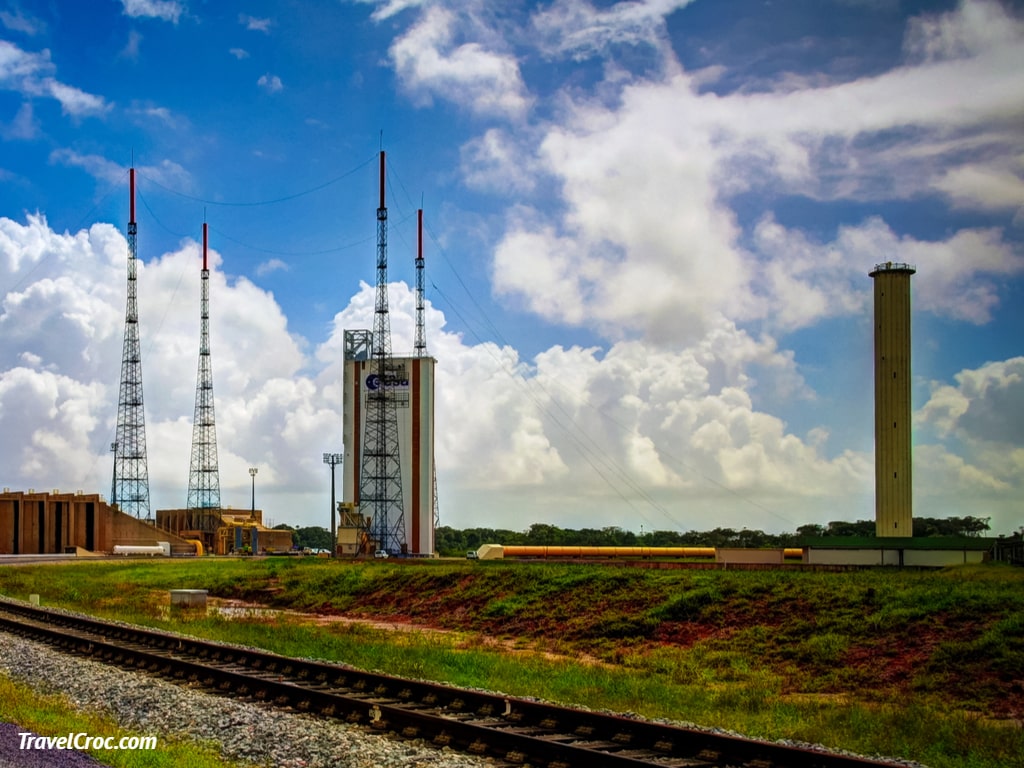
Guiana Space Center
Located in Kourou, this space center was launched by France. It was later used to facilitate the space program of EU after its formulation in 1975.
With time, it catered to all three types of launch vehicles – the heavy load Ariane 5, the medium-weighted Soyuz, and the lighter one named Vega. As mentioned, it’s one of the world’s best equipped launch bases.
The geographical location of Kourou is very well suited to the commercial launches. Being close to the equator provides an added advantage for being a launch site due to the flexibility in various angle launches.
Also, the region is safe from natural calamities like cyclones and earthquakes. Coupled with the low population and majority of the area covered in forest, it’s a perfect place for a space center. The European Union is the main user of the center, and it also caters to launches for industries in the USA, Japan, Canada, and other countries.
Most of the launches are for weather analysis and telecommunications purposes. The funding of this center is provided by the European Space Agency (ESA). You can read more about the Space Center here.
If you’re in the area at the time of a launch, observatory visits can be arranged to view a rocket launch.
You can also visit the Space Center and the museum located there. It’s definitely a place that’s worth a visit, and is a sight to remember. The available places to watch the launch can be checked by contacting the Space Center during your visit.
If you’re unable to find any availability, there are other ways to enjoy the launch from a distance. One such place is the beach at Kourou or Montagne Carapa.
View this post on Instagram
Culture and Cuisines
The culture of French Guiana is heavily influenced by France. At the same time, unique Creole culture is also common in the urban areas, where traditional and colorful costumes are the main highlight.
French Guianese also love singing and dancing that’s inspired by the French & Caribbean influence. The vibrant local music of this French territory is a mix of several cultures that come from Europe, Africa, America, and Amerindians.
The Guianese prefers conservative casual wear, you’ll also see them wearing modest beachwear on beaches. However, some also prefer western clothing like blouses and skirts. While men are often seen wearing shirts and trousers.
People who are interested in arts and crafts shouldn’t miss the annual Mardi Gras Carnival. It’s one of their best cultural highlights. You’ll find a lot of colorful traditional costumes, a colorful parade of music and celebrations which are loved by all. The carnival usually takes place in either January or February.
The different cultures also contribute to the rich and unique cuisines of the territory which is a mixture of Bushinengue, and indigenous Creole cuisines. The Guianese also usually enjoy Creole and Caribbean-inspired foods and love sharing meals during religious events.
Seafood prepared with the distinct spices of Guiana such as shrimp, smoked fish, and crabs is the most renowned in the territory. Whereas, in everyday dishes, rice, beans, and sweet potatoes are a must.
Their national dish is Pepperpot which is a combination of stewed meat vegetables, chilies, and other seasonings. They’re usually served on special occasions, such as Christmas.
French Guiana Weather
French Guiana is a must-visit place for people who are looking to escape cold weather. The weather here is particularly warm and sunny whenever you choose to visit. The temperature stays around 85°F (29 C) all year round.
During the hottest days, the temperature can reach a maximum of 99° to 104°F (37 to 40 Celsius). However, after midnight the temperature always drops back to 71-76°F (21 to 24 Celsius) making the nights pleasantly cool while the climate is dry and humid from August to December.
For people who love rain, the best time to visit is between April to July or December and January. Don’t forget to keep a dry bag with you to keep the electronics and camera safe from the rain.
Keeping the weather in mind, it’s best that you bring light and breathable clothes while visiting. Also, make sure to keep sunscreen with high SPF so you remain protected against the sun. The UV Index in French Guiana hovers around 11-12 the whole year round.
Transport
The various modes of transport widely used by the Guianese are airplanes, boats, bus and road vehicles. To travel from city to city, the main form of transportation is the buses while the mini-buses help to travel between major areas.
There’s a fixed payment system which means that you’ll have to pay the full amount even if you’re traveling only part of the route. The CACL (Communauté d’Agglomération du Centre Littoral) handles the bus service for commuting in the Cayenne’s urban areas suburbs. Currently, there are 6 urban bus lines which are quite impressive.
If you want to explore the territory then the best option is to rent a car. The road infrastructure is well developed and the road network is mainly located in the coastal region. There are several scenic roads especially along the coastal areas which make driving extremely pleasant.
There is no established rail system in French Guiana. Although a railway line exists within the Guiana’s Space Centre, it’s not for passenger use.
What French Guiana Facts Are Your Favorite?
As you can see, French Guiana is a fascinating place. Filled with forests, rivers, waterfalls, and a number of species, this place is worth a visit for nature lovers. And those who like the urban culture, will love the eclectic mix of cultures and the rich history of this hidden gem.
It’s a great travel destination if you’re looking for something adventurous and exciting. The weather is always warm, and you can enjoy the sun, the sea breeze and the tropical rain forest.

